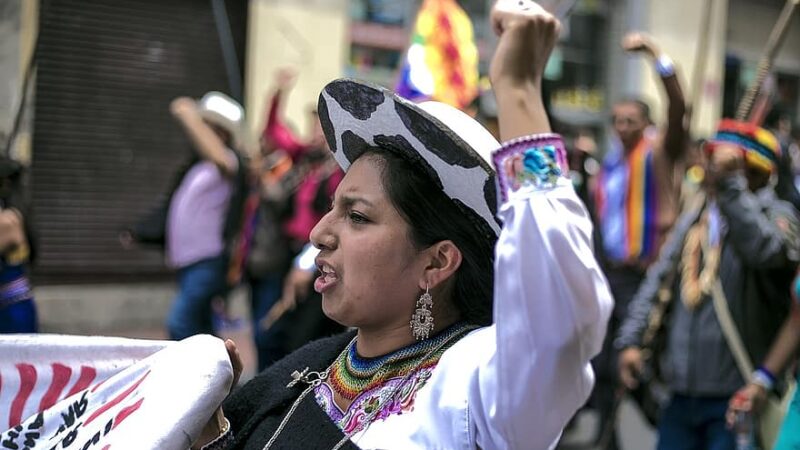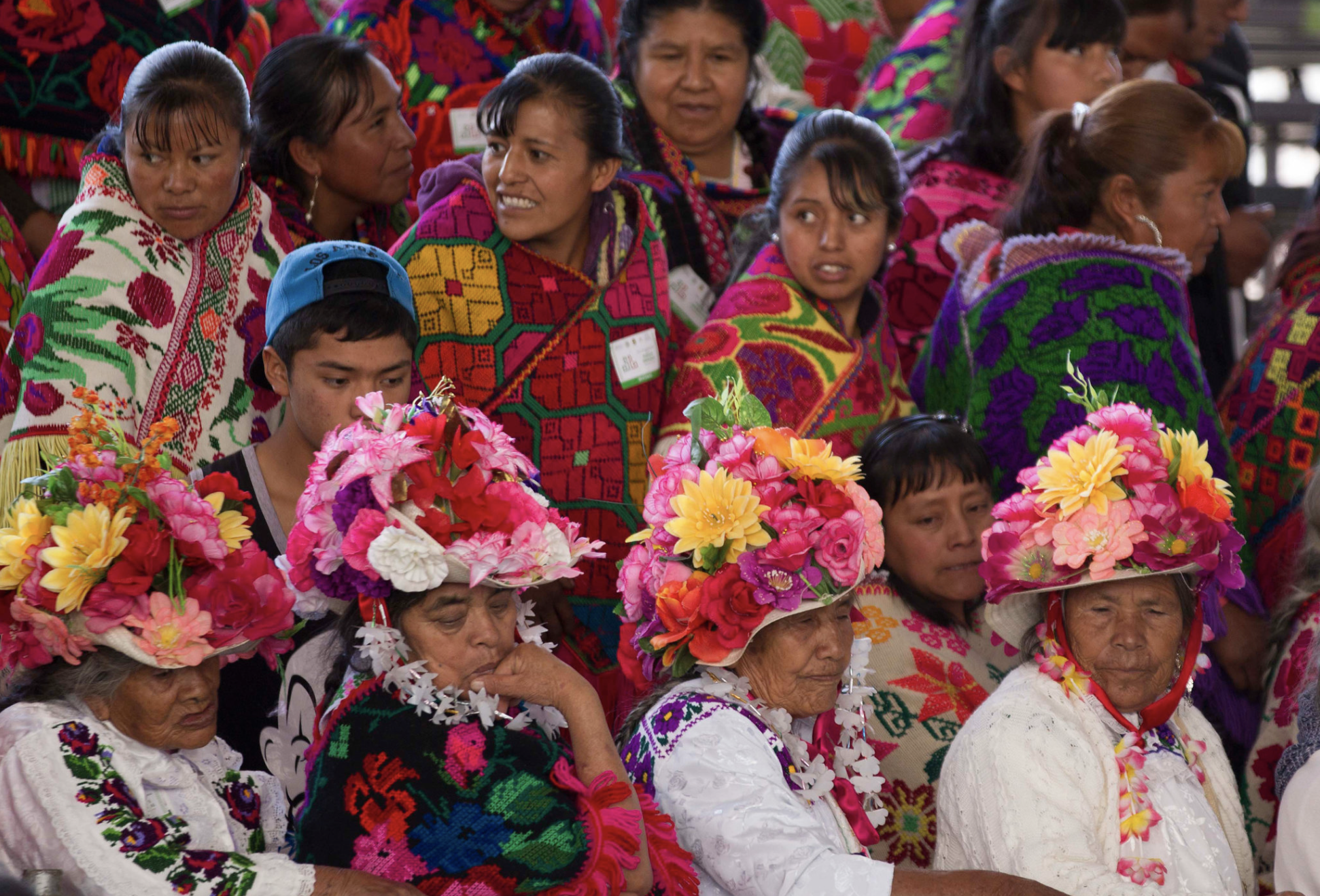India: one country, a linguistic universe
India: one country, a linguistic universe
India’s incredible linguistic variety and how they have not found a common language yet.
India is one of the most culturally rich countries in the world. With a population of 1 billion and 300 million people, it is a crossroad of religions and ethnic groups. But most of all, it is a great linguistic melting pot.
Some say 1600, some say 325[1]: the number of censed Indian languages may vary a lot due to the difficulties of distinguishing between “language” and “dialect”. However, the diversity remains quite impressive, especially considering that 29 of these tongues have more than a million speakers. The most common ones are Hindi, English and Bengali.
Hindi, with its dialects, is spoken by around a half of the population. As Bengali, it is mainly used in the north of the country. These two languages belong to the Indo-Aryan Branch of the Indo-European family, which ended its split process during the Middle Age, while most of the southern languages are part of the Dravidian family. Hindustani (which includes Hindi and Urdu, a very similar tongue) is also the third language in the world for number of speakers, after Mandarin and English.
As it happens in any part of the world, Indian languages did not develop on their own. They were influenced by other cultures and tongues, mainly because of commercial and political relations. During the 500-year-long Turko-Afghan and Turko-Mongol rule, for instance, Persian was used as the court language and many Indian tongues were influenced by its lexicon and alphabet, as part of a wider cultural domination which extended to art and literature.
Too many languages?
The Persian system was dismantled with the beginning of the English colonization towards the middle of 19th century. The use of English –for both civil and administrative purposes– has become instead a long-lasting legacy of the domination.
Even though the 1949 Constitution is in Hindi, India’s linguistic variety has in fact prevented from agreeing on what should be the main language for public affairs after the independence. Attempts of the government during the 1960s to make Hindi paramount led to riots and severe divisions in the country. Being widely known by the population, English finally remained the political lingua franca.
References
Languages of India on Wikipedia
Image: <a href=”https://it.freepik.com/foto-vettori-gratuito/mappa”>Mappa de vecttori diseñado por Starline – Freepik.com</a>







